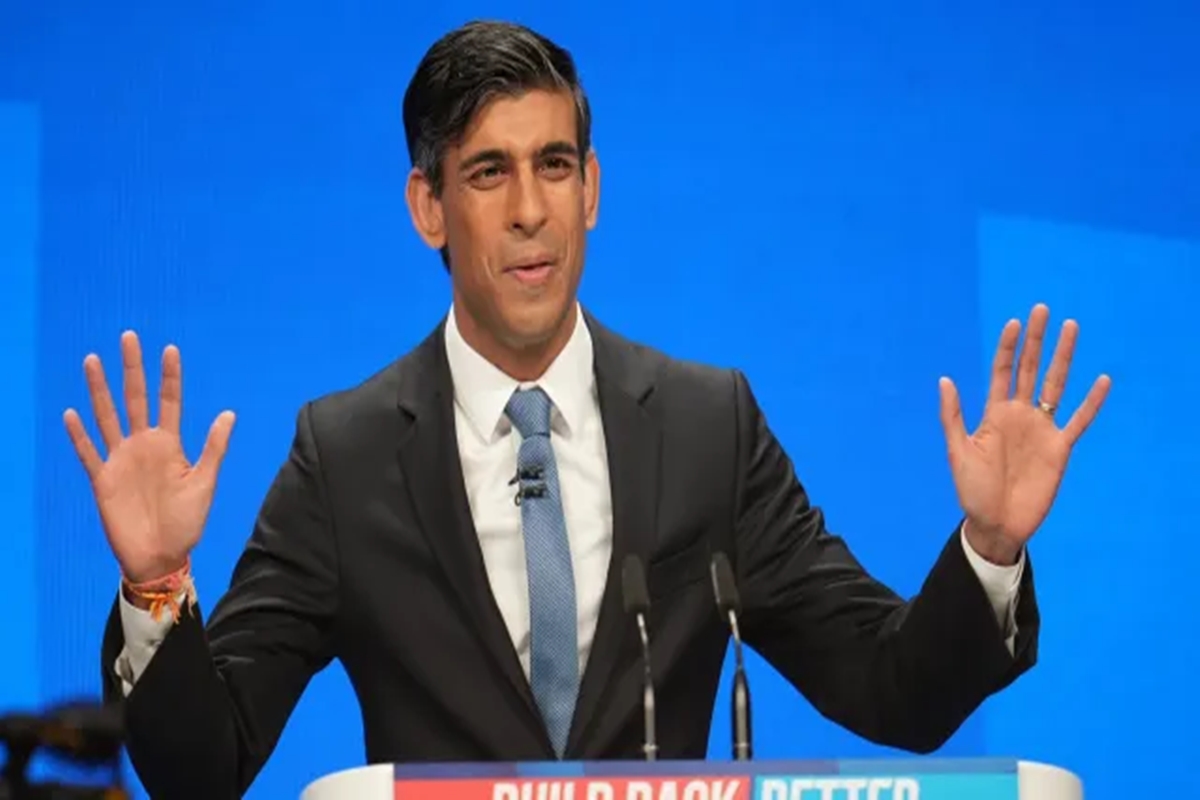The artificial intelligence (AI) Summit hosted by British Prime Minister Rishi Sunak at Bletchley in England was a milestone event that brought together world leaders, tech CEOs, and researchers. During two days of intensive discussions last week, these key players converged to address the pressing issue of AI regulation. The outcome? A mixed bag of progress and disagreements that shed light on the complexity of governing this rapidly evolving technology. The summit achieved several significant milestones. Leaders from 28 nations, including China, came together to sign the Bletchley Declaration, acknowledging the inherent risks associated with AI. This recognition of the need for regulation marked an essential step toward ensuring the responsible development of artificial intelligence. Moreover, both the United States and the United Kingdom announced their intentions to establish AI safety institutes, underlining their commitment to addressing potential pitfalls.
However, the devil lies in the details, and this is where the disagreements emerged. While there was consensus on the necessity for AI regulation, the specific approach and leadership of these efforts remained contentious. The UK’s proposal for a lighter touch regulation clashed with Europe’s impending AI Act, which imposes stricter controls on developers of “high risk” applications. This divide underscores the inherent challenges in harmonising AI regulation across diverse nations with varying interests and priorities. A central theme that resonated throughout the summit was the potential risks posed by open-source AI. The availability of AI models for experimentation has raised concerns. While open-source AI allows for innovation and collaboration, there is a darker side. Experts worry that malicious actors could exploit these tools to create dangerous technologies.
Advertisement
The fear of terrorists using open-source AI to develop chemical weapons or uncontrollable super-intelligences was a recurring concern. Another noteworthy aspect of the summit was the underlying power struggle among the major players ~ the United States, the European Union and China. While they projected an image of unity, it was evident that each bloc sought to assert its dominance. US Vice President Kamala Harris emphasised short-term risks in AI, diverting attention from the summit’s primary focus on existential threats. China’s presence at the summit was significant and its signing the Bletchley Declaration was lauded as a success by British officials. Yet, underlying tensions between China and the West were palpable, with China’s vice minister of Science and Technology Wu Zhaohui emphasising equal rights for all countries in AI development.
This signals the geopolitical complexity surrounding AI and its governance. It is evident that the road to a global agreement on AI regulation is a challenging one. The diversity of perspectives and interests among nations, the nuances of open-source AI and the geopolitical rivalries make reaching a consensus a formidable task. While the AI summit in Britain brought these issues to the forefront, much work lies ahead. The global community must navigate these choppy waters to create a regulatory framework that fosters innovation while safeguarding against potential hazards











